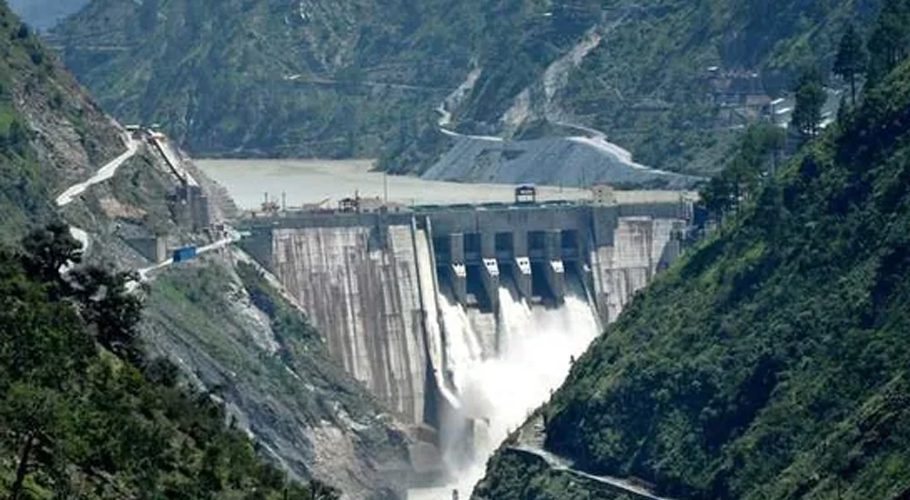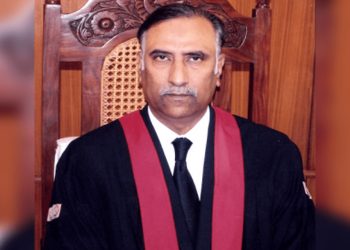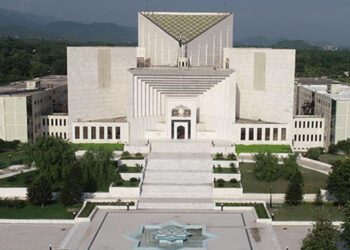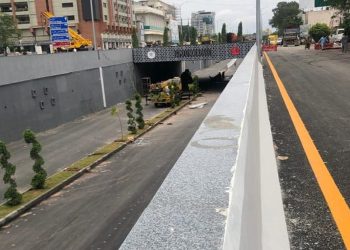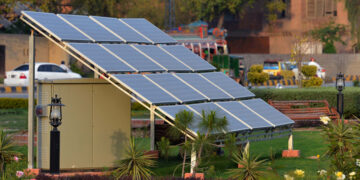ISLAMABAD: Pakistan and India discussed the entire gamut of water-related issues between the two countries during the 117th meeting of the Permanent Indus Commission (PIC) held in Islamabad from March 1-3.
Under the relevant provisions of the Indus Waters Treaty (IWT) 1960, the meeting takes place alternatively in Pakistan and India annually. The last meeting was held in New Delhi.
The Indian delegation comprising ten members was headed by the Indian Commissioner for Indus Waters y Pradeep Kumar Saxena, while Pakistan’s delegation was led by Pakistan Commissioner for Indus Waters, Syed Muhammad Mehar Ali Shah. The Pakistan side included representatives of WAPDA, Pakistan Met Dept, Punjab Irrigation, NESPAK, MoFA, Flood Commission and officers of PCIW.
Pakistan reiterated its observations on the Kiru Hydroelectric Project (HEP) located upstream river Chenab and India’s new run-of-the-river small HEPs on Western rivers. A statement by Foreign Office said a response to Pakistan’s objections to Indian projects including Pakal Dul and Lower Kalnai was also sought. The Indian side was also urged to communicate advance flood-flow information as per the provisions of the Treaty.
Pakistan has stressed that flood data sharing is imperative to come into action to avoid the catastrophic impact of floods on human lives. New Delhi continued to share from 1989 till 2018 and then started reducing the share of data with Pakistan in 2019.
Both sides reiterated their commitment to implement the Indus Waters Treaty in its true spirit and expressed the hope that the next meeting of the Commission would be held at an early date in India.
Pakistan and India began three days of crucial talks Tuesday at the Permanent Commission of Indus Waters (PCIW) level on a six-point agenda that includes hydropower projects on the Chenab River such as Pakal Dal (1,000MW), Kiru (624MW), and Lower Kalnai (48MW), as well as other projects on the Indus in Ladakh.
The agenda for the three-day talks also included Pakistan’s objections to Tamasha Hydroelectric Power (HEP), Kalaroos-II HEP, Baltikulan Small, Darbuk Shyok HEP, Nummu Chilling HEP, Kargil Hunderman HEP, Phagla HEP, Mandi HEP, and Kulan Ramwari HEP.
Both sides have also finalised the tours and meetings to be held in 2022 at the PCIW level. Pakistan asked India to also include a special visit to the Kiru Hydropower Project under the provisions of the Indus Waters Treaty which India agreed.
In August last year, Pakistan had pinpointed some observations about the design of the Kiru project with the capacity to produce 624 MW of electricity being erected on the Chenab River and sought some clarifications. India says that Pakistan should submit its queries on the project in writting and New Delhi will respond within 15 days.
Under the IWT signed in 1960, the waters of the eastern rivers Sutlej, Beas, and Ravi, amounting to around 33 million acre-feet (MAF) annually, were allocated to India for unrestricted use.
The waters of the western rivers Indus, Jhelum, and Chenab, totaling approximately 135 MAF per year, were largely assigned to Pakistan. However, India is permitted to construct run-of-the-river plants on western rivers with limited storage as per criteria specified in the treaty.
According to reports, India has not only finished civil works but also almost completed the diversion tunnel for the Kiru Hydropower Project of 624MW on the Chenab River. The project is scheduled to be completed by 2023. The dam has a height of 136 metres and a width of over 190 meters. Indian engineers have almost completed the construction of the first diversion tunnel, having a length of over 650 metres and a 9-meter diameter.







